Custom Coin Videos
Explore the world of custom coins.
Get behind-the-scenes footage of Osborne Coinage Company and the exciting world of custom coins. From how coins are made, how we make artwork come to life and the creative ways our clients are using our products.
.jpg?width=1920&height=1080&name=osborne-coin-cut-fallback%20(1).jpg)
How Custom Coins Are Made!
Have you ever held a coin and said yourself, how do they make custom coins? It's a fascinating process. Take a tour with us through Osborne Coinage Company in this educational video series.
This is a unique opportunity to see how the oldest private mint in the USA works.
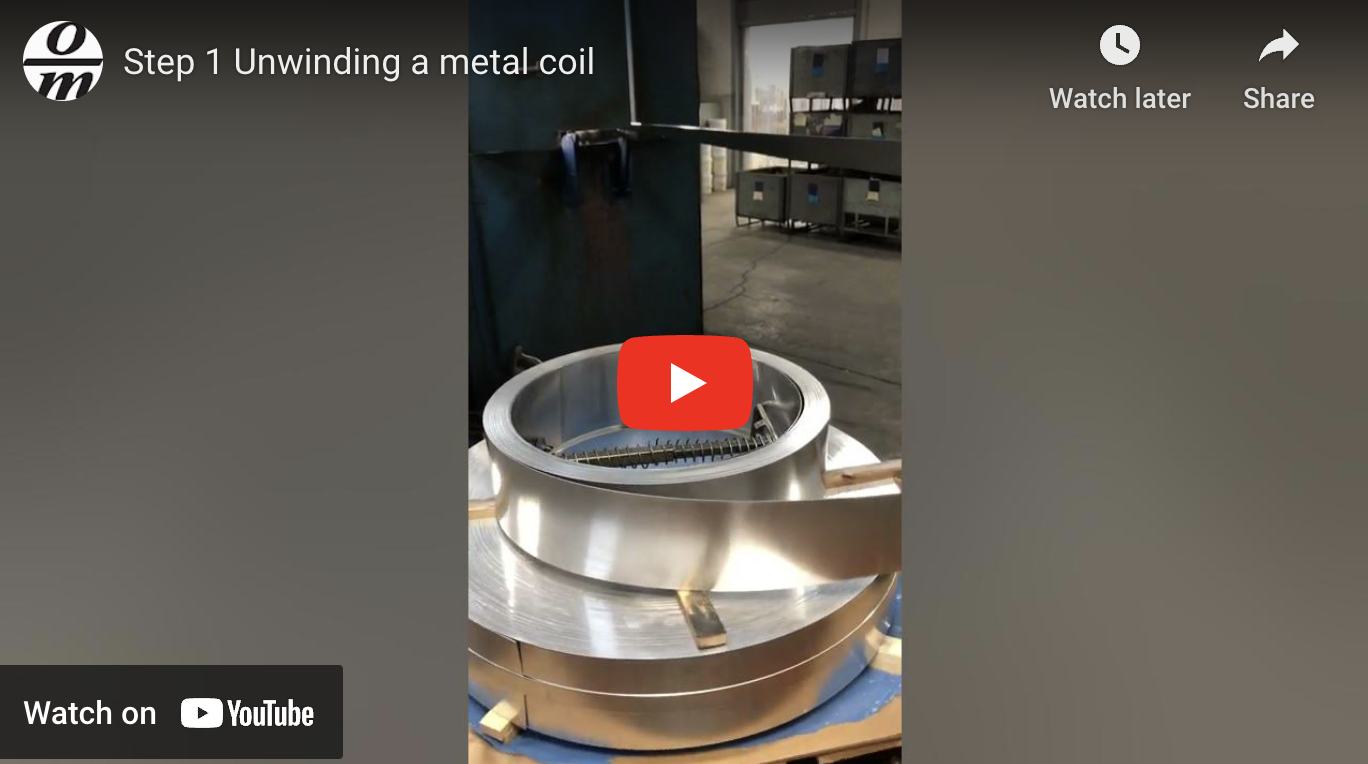
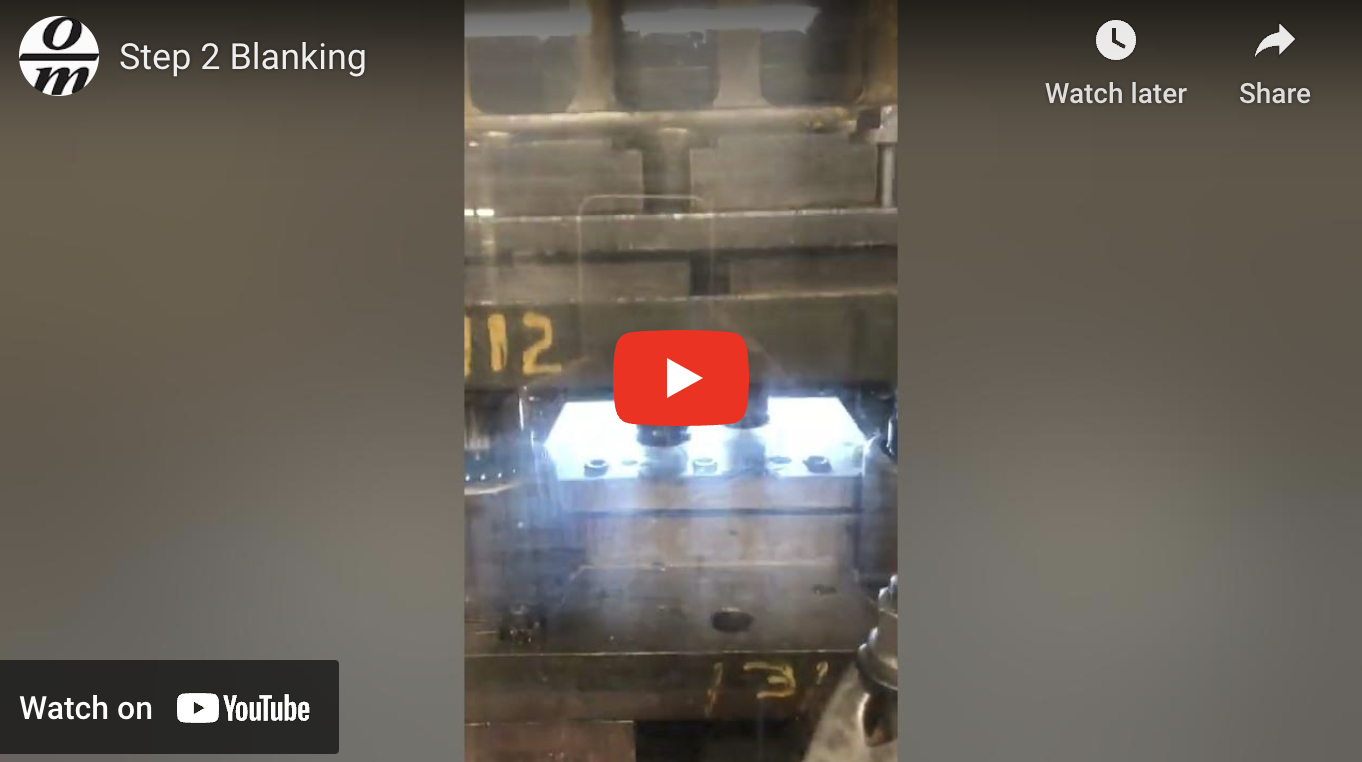
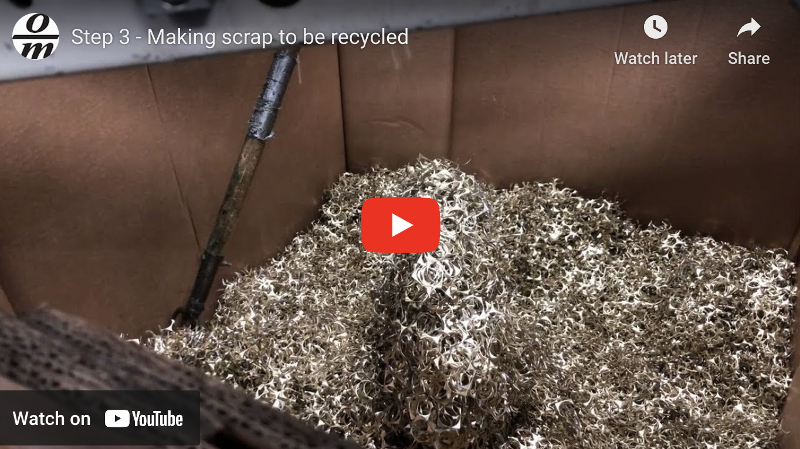
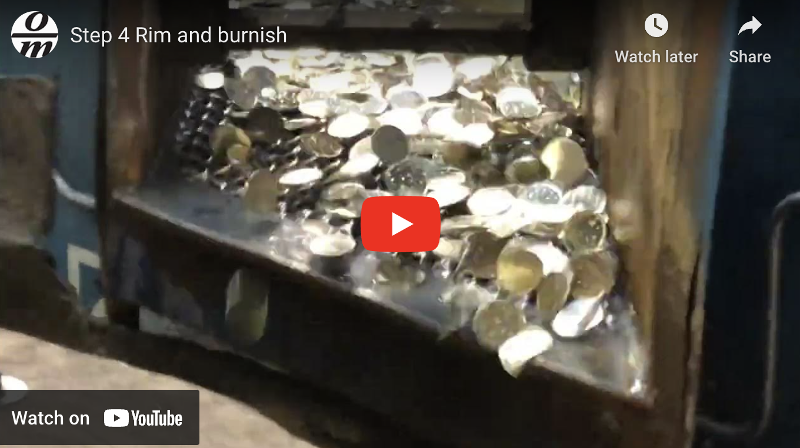

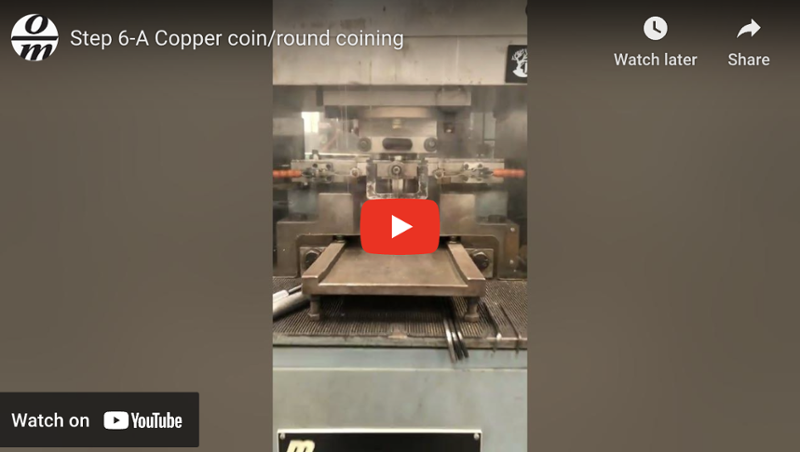
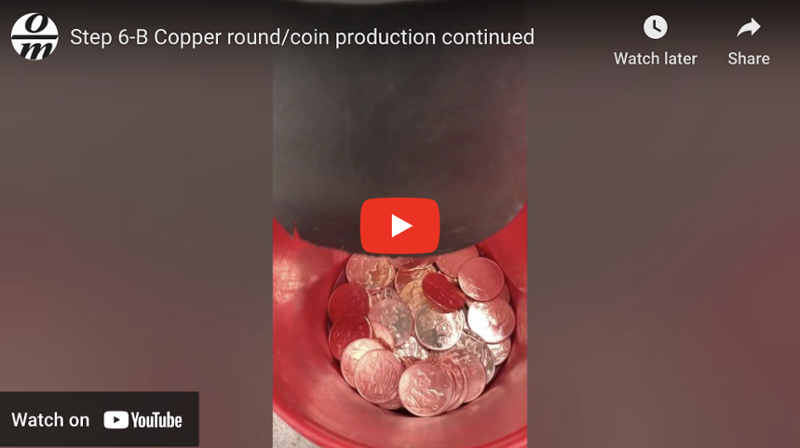
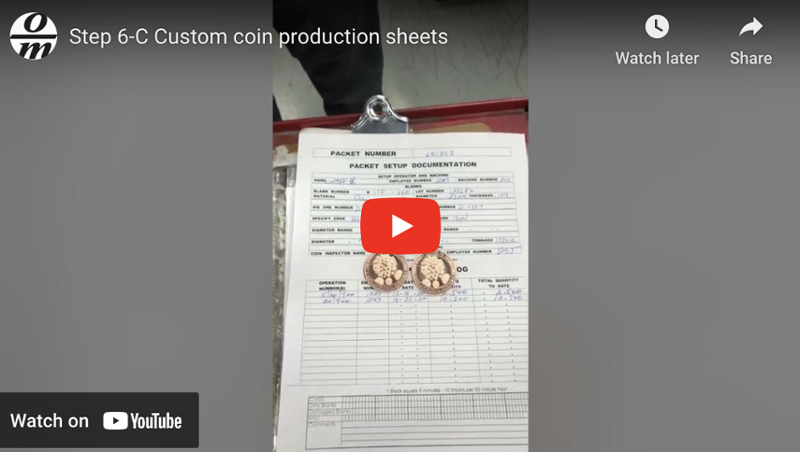
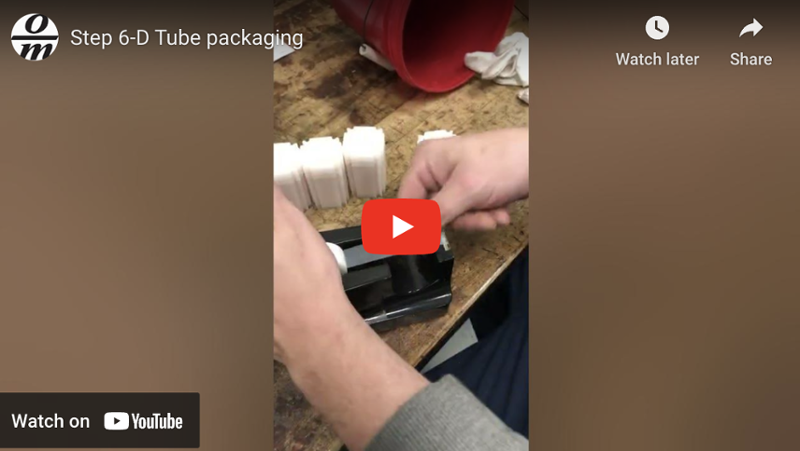
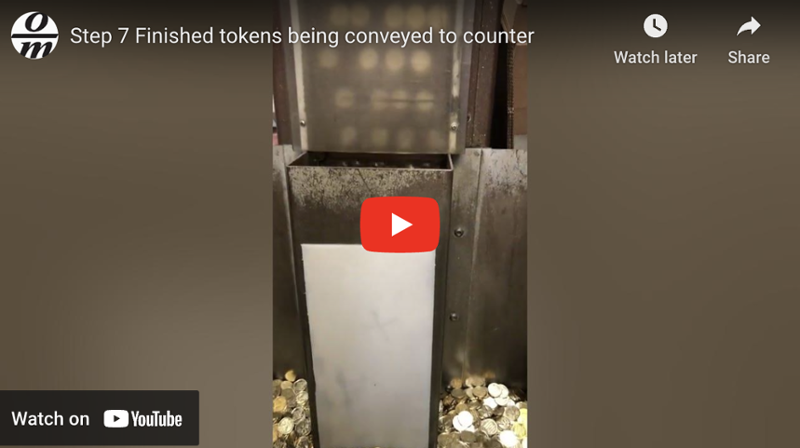
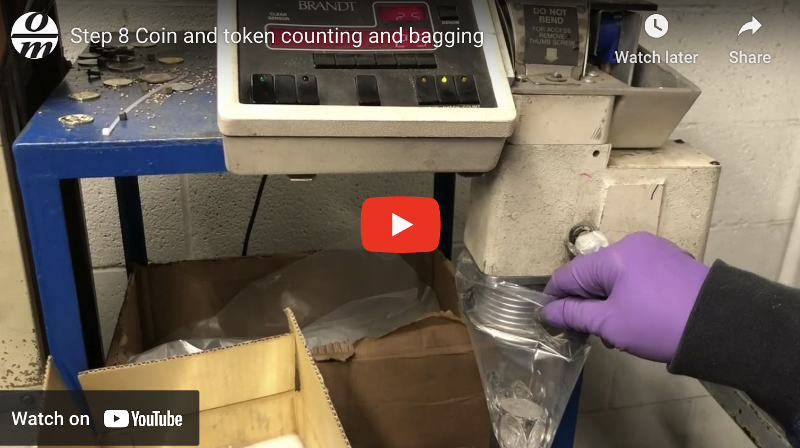
Header

Video Title
Letterpress flannel gluten-free ramps knausgaard disrupt plaid. Tumeric artisan godard banjo.

Video Title
Letterpress flannel gluten-free ramps knausgaard disrupt plaid. Tumeric artisan godard banjo.

Video Title
Letterpress flannel gluten-free ramps knausgaard disrupt plaid. Tumeric artisan godard banjo.

Video Title
Letterpress flannel gluten-free ramps knausgaard disrupt plaid. Tumeric artisan godard banjo.
Mega Menu

Video Title
Letterpress flannel gluten-free ramps knausgaard disrupt plaid. Tumeric artisan godard banjo.

Video Title
Letterpress flannel gluten-free ramps knausgaard disrupt plaid. Tumeric artisan godard banjo.

Video Title
Letterpress flannel gluten-free ramps knausgaard disrupt plaid. Tumeric artisan godard banjo.

Video Title
Letterpress flannel gluten-free ramps knausgaard disrupt plaid. Tumeric artisan godard banjo.
Footer

Video Title
Letterpress flannel gluten-free ramps knausgaard disrupt plaid. Tumeric artisan godard banjo.

Video Title
Letterpress flannel gluten-free ramps knausgaard disrupt plaid. Tumeric artisan godard banjo.

Video Title
Letterpress flannel gluten-free ramps knausgaard disrupt plaid. Tumeric artisan godard banjo.

Video Title
Letterpress flannel gluten-free ramps knausgaard disrupt plaid. Tumeric artisan godard banjo.
.png)
